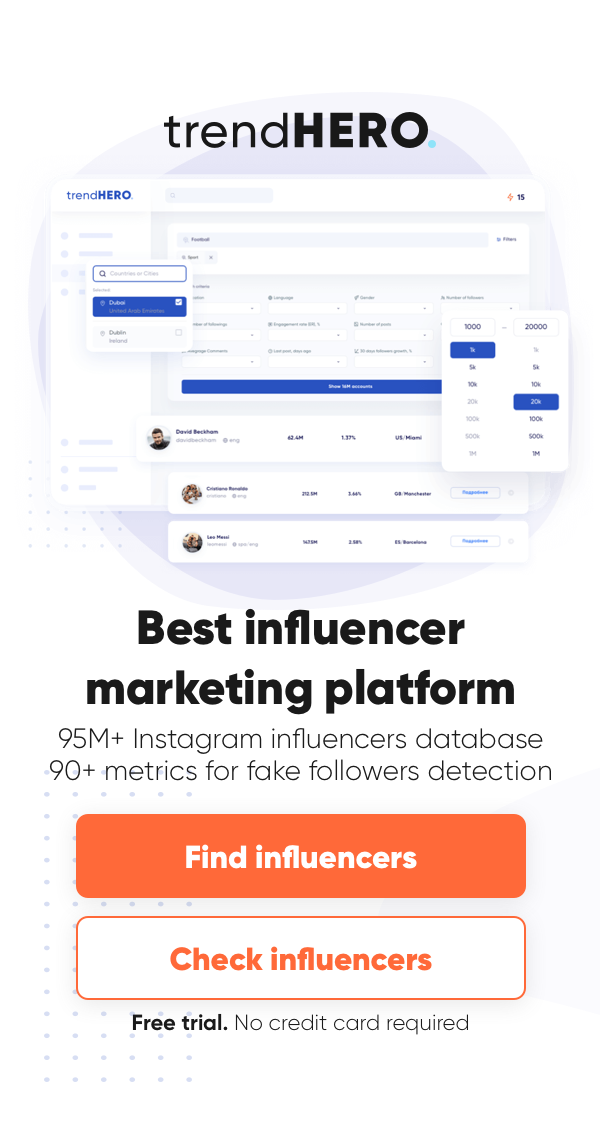- Home
- BLOG
- Instagram Business
- How to Identify the Right Influencers
In the ever-evolving digital marketing landscape, influencer marketing has emerged as a powerful tool for small and medium businesses (SMBs). The right influencer can bolster brand awareness, increase customer trust, and drive sales. However, finding the right influencer for your brand is not always an easy task. This article will guide you through the process of influencer identification and introduce you to influencer identification tools that simplify the process.
Understanding Influencer Marketing
Influencer marketing is a strategy that leverages the influence of key leaders in a specific niche to convey your brand’s message to a broader market. It’s more personal and direct than traditional advertising. When compared to channels like Adwords, influencer marketing can offer a more authentic connection to your target audience, especially when influencers are genuinely passionate about your products.
However, it has its own process, which can sometimes be hard for brands that use other channels to understand.
E.g. when talking about Adwords or Facebook Ads, brands pay to show their ‘message’ to a certain audience. In the case of influencer marketing, brands pay influencers to create a message that will trigger their audience. It means that you need a totally different process for these types of marketing.
In general, you need to use all channels (like, SEO, email, contextual ads, chatbots, social media, influencer marketing, etc) together to increase benefits with synergy effect.
What is Influencer Identification?
Influencer identification is the process of finding and selecting influencers who are relevant to your brand, products, and target audience.
The right influencer:
- aligns with your brand’s values,
- has a dedicated following that matches your target demographic,
- boasts an engagement rate that promises reach and interaction,
- can create prominent content for your collaboration.
How to identify influencers
We’ve already noted that identifying an influencer involves both finding and selecting those who align with your goals. This process requires you to search for influencers and assess whether they match your objectives. You can accomplish this either manually or by utilizing various tools.
Influencer identification requires thorough consideration.
Factors like relevance, reach, and engagement rate are crucial. For eCommerce businesses, it’s also essential to consider whether the influencer’s audience aligns with their customer base. A high following doesn’t guarantee success – an influencer whose followers are genuinely interested in your product category can deliver better results. Lifehack: Check if there are nano and micro influencers among your followers or customers.
How to Identify the Right Influencers for Your Small Business
So for eCommerce businesses you need to find influencers and check:
- audience authenticity,
- followers and engaging followers demographics (influencer audience should be from the area you can deliver to),
- audience interests (check brands they follow),
- followers reachibility.
You also need to identify influencers who align with your brand values. It means that you need to check their content and background. One of our customers described a fail case when they hired an influencer to promote a new leather shoes collection. And after campaign they discovered that she is vegetarian.
Influencer Identification Tools
Thankfully, several influencer identification tools can ease the process. It’s hard to say what is the best influencer identification tool for small business, because it depends on your niche, budget, and platform. Tools like Hypeaditor, Heepsy, Modash, or Upfluence can be used as a solution, but you need to check their pricing in case of tight budget.
Among them, trendHERO stands out for its Instagram-focused approach. This tool assists in influencer identification on Instagram, making it a valuable asset for businesses keen on tapping into the platform’s visually-oriented and engaged user base.
How to Use Tools for Influencer Identification
For example, let’s use trendHERO to demonstrate how one can identify an influencer on social media through a few straightforward steps:
- Use the search feature to identify potential influencers based on your specific criteria.
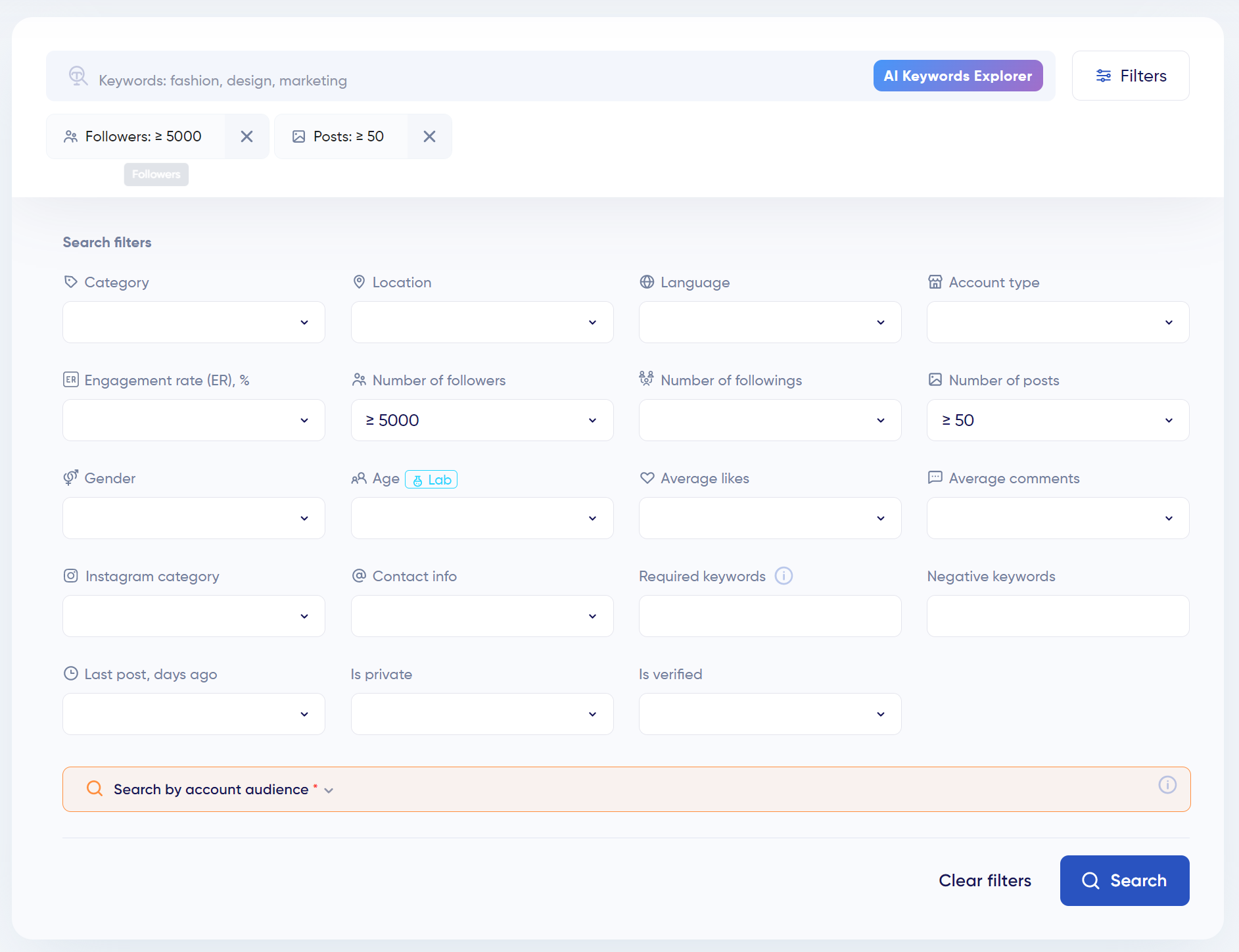
You can also search by account followers’ location (city or country), so that’s how to identify influencers based on their audience demographics in real cases. - Review the comprehensive influencer reports, analyzing an influencer’s followers, engagement rate, and other relevant metrics.
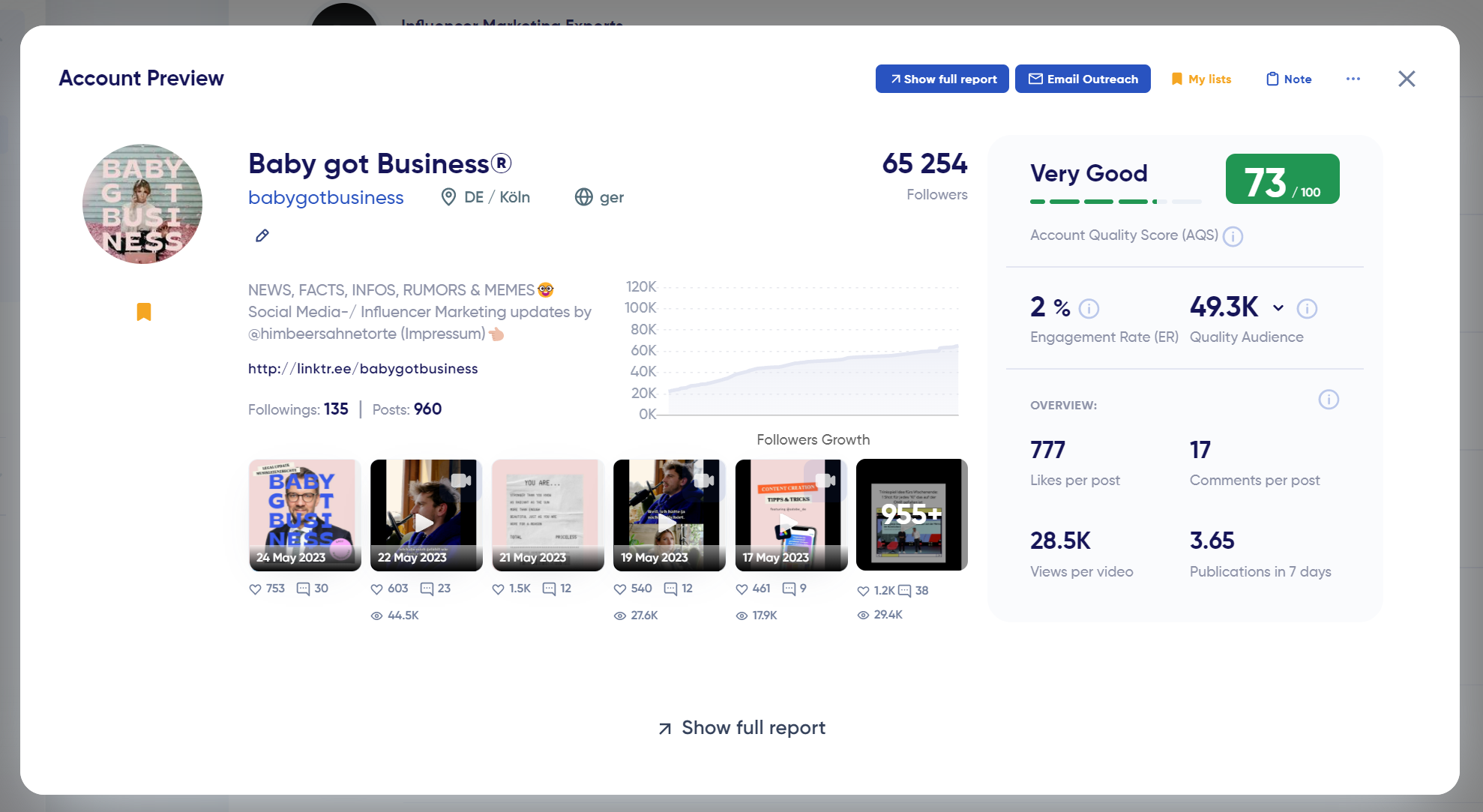
- Check collaboration history using Ad Posts feature.
- Explore influencer mention’s impact on accounts.
- Make informed decisions based on these insights.
Crafting Your Influencer Marketing Strategy
In most cases, you need from 3 to 10 influencers for a campaign. We also recommend starting with 5 nano or micro influencers for all people who want to launch their first campaigns.
Once you’ve identified suitable influencers, the next step is to integrate this into your broader marketing strategy. The overall steps:
- Identification
- Search
- Content
- Audience analysis
- Outreach
- Pitching
- Briefing (including KPI planning)
- Agreement
- Campaign analysis
- Tracking
- KPI analysis and reporting.
Develop a plan for outreach, content collaboration, and monitoring campaign performance.
Engaging with influencers is not a one-time thing. It should be an ongoing process that involves nurturing relationships, reviewing performance, and adapting your strategy based on results.
FAQ
- What are common mistakes to avoid when identifying influencers? The typical mistake is to check content only, but not the audience. For example, we’ve found a food influencer writing about Berlin street food, so does it make her a perfect fit for promoting our new kebab shop? We need to check if she has engaged audience from Berlin. We could do it using influencer marketing tools or ask for media kit with this info.
- How to determine authenticity of influencer engagement? Using tools or manually. Tools usually give you something like Audience Quality Score to understand the overall influencer estimate. Manually we can check content for suspicious behavior (like, only emoji comments or complimentary comments from other nanoinfluencers).
- What is the difference between influencer identification and influencer discovery? Identification is a broader process including influencer discovery (finding), analysis, and tracking. When we say ‘identify the right influencer’ we mean that we not only found, but checked the opinion leader audience, so we don’t have doubts that it’s a match.
- What are the red flags when identifying influencers? Here are few popular red flags:
- Non-organical followers count growth — influencers should gain audience day-by-day, without any sharp peaks on their followers graph.
- Short comments (and emoji comments)
- Large difference between location of followers and engaged followers. It’s very suspicious, when 60% of audience is from London, but only 10% of engaging people is from this city.
- No comments from influencer. Account author doesn’t communicate with followers.
- How to identify influencers in a specific niche? To find niche opinion leaders from a certain niche you can use category or keyword filters. E.g. Use trendHERO AI Keywords Explorer. It’s a two-click solution to generate a list of words influencers use to describe what they are writing about.
- How to identify influencers who can create high-quality content? Check their collaboration history. You need to understand if influencer create something special for promotion or integrate an ad to their regular content. Compare promo and regular content engagement.
- How to identify influencers who have a good reputation? Start with Google. Just type an influencer name and check if there were no scandals. Then check the most commented posts. Then it’s time to search for posts where comments where turn off.
- How to identify influencers who are open to collaborations? Sometimes influencers add ‘for business inquiries’ in their bio. But the easiest way to find out if the opinion leader want to collaborate is to ask.
Conclusion
In conclusion, influencer identification is a crucial first step in leveraging influencer marketing for your SMB.
It involves careful consideration of factors like relevance, reach, and engagement rate. Tools like trendHERO simplify this process, offering a streamlined solution for influencer identification in social media, particularly Instagram. By making informed decisions and incorporating influencer marketing into your strategy, your eCommerce business can tap into new customer segments, build brand awareness, and drive sales.
If you’re ready to embark on the journey of influencer marketing, give trendHERO a try. Discover how it can help you identify the right influencers and unlock the full potential of your influencer marketing strategy.
We also recommend to read
 Best Instagram Tools Every Business Should Use in 2023
Best Instagram Tools Every Business Should Use in 2023 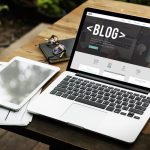 35+ Best Tools for Instagram Bloggers to Skyrocket a Blog in 2023
35+ Best Tools for Instagram Bloggers to Skyrocket a Blog in 2023 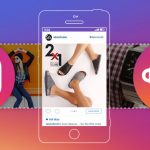 How Does Instagram Promotion Work
How Does Instagram Promotion Work  Top Instagram Advertising Options to Try in 2021
Top Instagram Advertising Options to Try in 2021  How to Successfully Sell on Instagram in 2023
How to Successfully Sell on Instagram in 2023 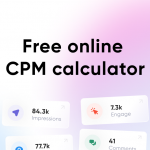 Free online CPM calculator for influencer marketing
Free online CPM calculator for influencer marketingInstagram Engagement Rate Calculator For Free
Check any influencer's Engagement rate and analyze his or her followers growth history
Other free tools: Follower Count History, Instagram Follower Count, CPM Calculator
